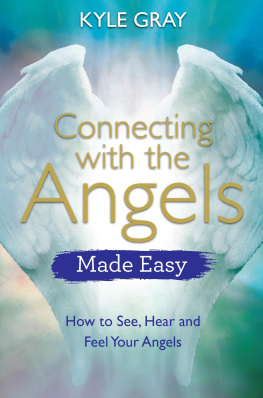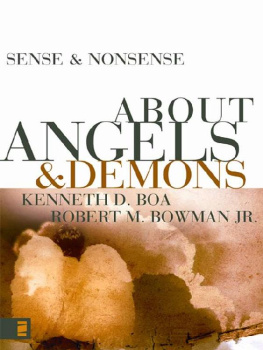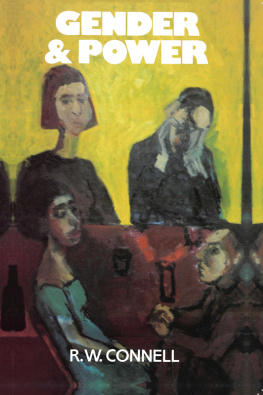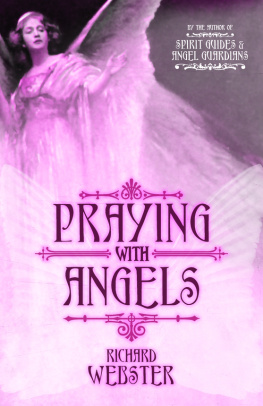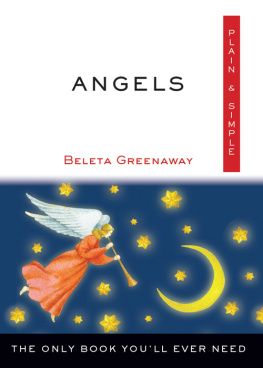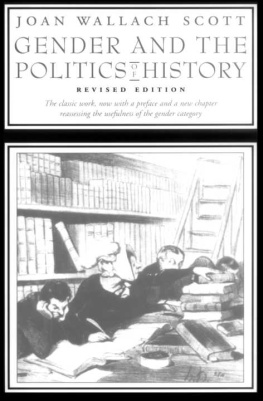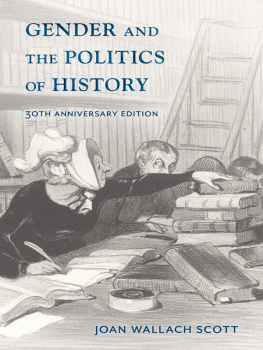The Color of Angels
The Color of Angels explores the rich symbolism of the senses in Western culture through the ages. In the process, Constance Classen uncovers the gender politics behind such cultural constructs as the male gaze and the female touch and traces the development of an aesthetics of the senses from medieval cosmology to modern art.
The book is divided into three parts cosmology, gender and aesthetics and explores topics ranging from the sensuous visions of St Hildegard of Bingen to the gender codes of Renaissance literature and the machine aesthetics of Futurism. The Color of Angels compellingly demonstrates the relationship between sensory and gender orders, revealing a crucial but previously unexplored area of womens history. Beautifully written, the book will appeal to students from a variety of disciplines, including gender studies, cultural studies and art.
Constance Classen is a cultural historian whose previous publications include Worlds of Sense: Exploring the Senses in History and Across Cultures and Aroma: The Cultural History of Smell (with David Howes and Anthony Synnott).
First published 1998
by Routledge
11 New Fetter Lane, London EC4P 4EE
Simultaneously published in the USA and Canada
by Routledge
29 West 35th Street, New York, NY 10001
This edition published in the Taylor & Francis e-Library, 2006.
To purchase your own copy of this or any of Taylor & Francis or Routledges collection of thousands of eBooks please go to www.eBookstore.tandf.co.uk.
1998 Constance Classen
All rights reserved. No part of this book may be reprinted or reproduced or utilized in any form or by any electronic, mechanical, or other means, now known or hereafter invented, including photocopying and recording, or in any information storage or retrieval system, without permission in writing from the publishers.
British Library Cataloguing in Publication Data
A catalogue record for this book is available from the British Library
Library of Congress Cataloging in Publication Data
Classen, Constance, 1957
The color of angels : cosmology, gender, and the aesthetic imagination / Constance Classen.
p. cm.
Includes bibliographical references and index.
1. Senses and sensation-Sex differences-History. 2. Senses and sensation Religious aspects Christianity-History. 3. Senses and sensation in art-History. I. Title.
BF233. C56 1999
152.1 09-dc21
9821837
CIP
ISBN 0-203-00759-X Master e-book ISBN
ISBN 0-203-15868-7 (Adobe eReader Format)
ISBN 0-415-18073-2 (hbk)
ISBN 0-415-18074-0 (pbk)
For Jonathan Gabriel
Illustrations
1 Hildegard of Bingen, The Choirs of Angels from Scivias (New York, The Paulist Press, 1990)
2 Georg Pencz, Tactus and Gustus, from the collection of Den Kongelige Kobberstikssamling (Statens Museum for Kunst, Copenhagen, Denmark)
3 Remedios Varo, Still Life Reviving, 1963 (courtesy of Walter Gruen)
4 Margaret Macdonald, The Sleeper, c. 1901 ( Hunterian Art Gallery, University of Glasgow)
5 Remedios Varo, Embroidering Earths Mantle, 1961 (courtesy of Walter Gruen)
6 The Blind-Deaf Ludivine Lachance, from Corinne Rochelau, Hors de sa prison (Montreal, Arbour and Dupont, 1927)
Acknowledgements
My thanks to the people who have supported my work over the years, including Gregory Baum, Anthony Synnott, Michael Herzfeld, Steven Feld, Roy Porter, Chris Rojek, Mike Featherstone, Londa Schiebinger, Michael Jackson, Lawrence Sullivan, Thomas McIntire, Jim Drobnick, Jennifer Fisher, Susan Ashbrook Harvey, Mari Shullaw and Janice Helland. David Howes has been a continual source of encouragement and advice, for which I am deeply grateful. My thanks also go to George Classen who has tirelessly and skillfully assisted me in preparing my manuscripts for publication.
Part of the research for this book was undertaken while I was a Fellow at the Center for the Study of World Religions at Harvard University and a Research Reader at the Centre for the Study of Religion at the University of Toronto. My work has been supported by grants from the Social Sciences and Humanities Research Council of Canada and the Fonds pour la Formation de Chercheurs et lAide la Recherche.
An earlier version of was published as Engendering Perception: Gender Ideologies and Sensory Hierarchies in Western History, Body & Society 3: 2 (1997), pp. 119.
The author and publisher wish to thank the copyright holders for their kind permission to reproduce visual images in this book. Every effort has been made to obtain permission to reproduce copyright material. If any proper acknowledgement has not been made, we would invite copyright holders to inform us of the oversight.
Introduction
Modern Western culture is a culture of the eye. We are constantly bombarded, seduced, and shaped by visual models and representations, from maps and graphs to pictures and texts. This rule of sight carries with it a powerful aura of rationality and objectivity, even though many of its contemporary manifestations, such as advertising images, seem designed to manipulate the emotions more than to encourage the exercise of reason. The photographic nature of much of twentieth century representation helps maintain this aura of objectivity by appearing to provide the viewer with direct access to reality, rather than only mediating reality.
The visualist regime of modernity, in fact, prides itself on its transparency: everything can be seen, everything can be known, nothing is withheld from our inquisitive and acquisitive eyes. The microscopic view and the panoramic view intersect to display our world to us inside and out. However, the very visualism of modernity has, so to speak, thrown a cloak of invisibility over the sensory imagery of previous eras. So thick is this cloak that one can scarcely see through it, or even recognize that there might be something worth exploring underneath. When this cloak is lifted, however, the cosmos suddenly blazes forth in multisensory splendor: the heavens ring out with music, the planets radiate scents and savors, the earth springs to life in colors, temperatures, and sounds.
The aesthetic cornucopia of earlier cosmologies was not simply a hedonistic reveling in sensation. The myriad sensory characteristics of such cosmologies, their colors and odors, tastes and temperatures, were coded with cultural values and linked in chains and hierarchies of meaning. The visual was an important element in this construction of sensory meaning, but it was not all encompassing. If often first in line as the noblest of the senses, sight nonetheless took its place alongside the other senses, without subsuming them. The multiplicity of sensory channels of communication meant that one could taste or breathe in the order of the cosmos and society, as well as visualize it.
The cloak spread over the history of the senses in modernity has also obscured other domains of history, notably, womens history. Women have traditionally been associated with the senses in Western culture, and in particular, with the lower senses. Women are the forbidden taste, the mysterious smell, the dangerous touch. Men, by contrast, have been associated with reason, as opposed to the senses, or else with sight and hearing as the most rational of the senses. The occultation of the sensory underpinnings of Western culture by the modern visual and rational world view may therefore be read as an occultation of certain feminine dimensions of that culture. In order to recover the latter, it is necessary to uncover the former.


